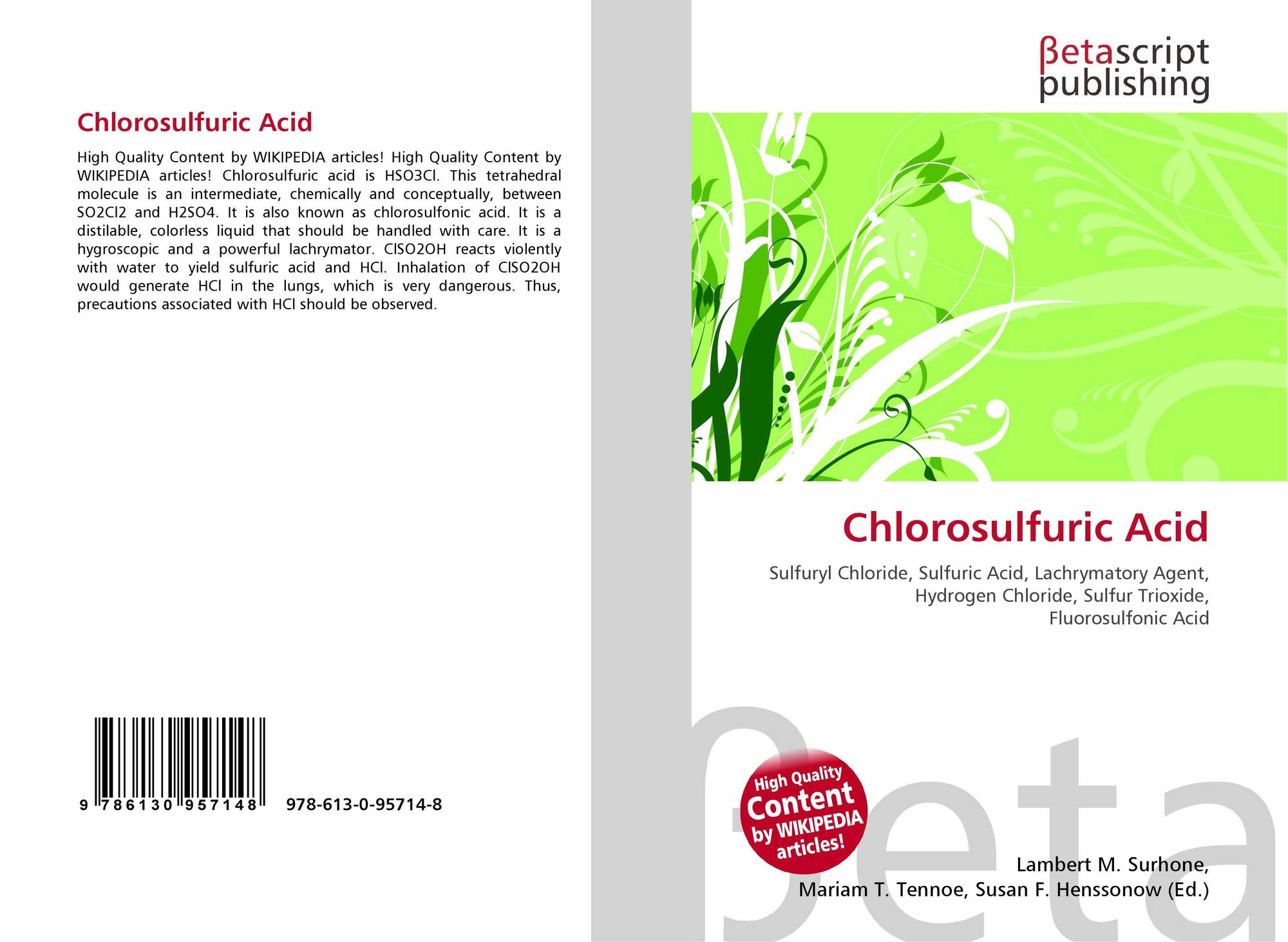

In humans and other mammals, these two reactions are catalyzed by active sites on the same protein, PAPS synthetase ( Lyle et al.

The first reaction is the formation of adenosine 5′-phosphosulfate from ATP and inorganic sulfate, and the second reaction is the formation of PAPS from the phosphorylation of adenosine 5′-phosphosulfate in a reaction also requiring ATP. 2.7.7.4) and APS kinase (ATP:adenylylsulfate 3′-phosphotransferase, E.C. The biosynthesis of PAPS proceeds in a two-step process that is carried out by two separate enzymes in bacteria, yeast, fungi, and plants: ATP sulfurylase (ATP:sulfate adenylyltransferase, E.C. The ubiquitous nature of PAPS as sulfuryl donor is also confirmed by the fact that the three-dimensional structural features of the binding site for PAPS are highly conserved among sulfotransferases ( Negishi et al. Duffel, in Comprehensive Toxicology, 2010 4.18.1.1 PAPS as Sulfuryl Donorįollowing its discovery in 1956 ( Robbins and Lipmann 1956 ), PAPS has been recognized as a universal sulfuryl donor in cells. 4,58 Surprisingly, methyl sulfate is an efficient methyl donor to oxygen and nitrogen nucleophiles, accomplishing such reactions more rapidly than alkyl sulfonium ions such as S-adenosylmethionine, the usual methyl donor in biochemistry. 57 However, the reactions of other alkyl sulfate monoesters in the pH-independent region differ from SDS, and from their aryl counterparts, in that attack at the carbon with C–O bond fission is the dominant pathway. 55,56 In the hydrolysis of SDS (sodium dodecyl sulfate) under neutral conditions, the pH-independent reaction proceeds by water attack at sulfur, evidenced by the absence of labeled dodecanol from reactions carried out in H 2 18O. Under alkaline conditions (pH ≥ 13), where the rate of hydrolysis is linear with, both aryl and alkyl sulfate esters undergo hydrolysis through C–O bond cleavage.
Sulfuryl monal inhalant free#
The intermediacy of free SO 3 in the acid hydrolysis is sometimes assumed, but has not been proven. A reduced value for β lg 47 and a solvent deuterium isotope effect of 2.43 54 are consistent with proton transfer to the leaving group in the transition state.

This reaction is believed to proceed by transfer of the proton from the sulfuryl group to the leaving group, 53 as in reactions of phosphate monoester monoanions. The reactive species under acidic conditions is the neutral ester. 51 Stereochemical studies of sulfuryl transfer from phenyl sulfate to an acceptor alcohol show that the reaction proceeds with inversion, ruling out the existence of a free SO 3 intermediate. Sulfur isotope effects on the hydrolysis of p-nitrophenyl sulfate ( pNPS) are also consistent with such a mechanism. 46 LFERs 46–49 and KIEs in the sulfuryl group and in the leaving group 50 are similar to those for reactions of phosphate monoester dianions, indicating that they react by a similar mechanism with a loose transition state in which the sulfuryl group resembles SO 3. 46,47 Tracer studies with 18O have shown that aryl sulfate monoesters undergo hydrolysis by S–O bond fission in the pH-independent reaction. Hydrolysis is faster under strongly acidic or basic conditions, with a broad pH-independent region between pH 4 and pH 12. An addition–elimination (A N + D N) mechanism would form a pentacoordinate sulfurane intermediate.Įxperimental evidence indicates that the reactions of aryl sulfate monoesters are mechanistically similar to those of phosphate monoesters. If a monoester follows a fully dissociative (D N + A N) mechanism, a sulfur trioxide intermediate would form, analogous to metaphosphate in the phosphoryl system. Sulfuryl transfer has available the same mechanistic pathways previously discussed for phosphoryl transfer ( Figure 2). Hengge, in Comprehensive Natural Products II, 2010 8.09.2.2 Sulfate Monoester Anions


 0 kommentar(er)
0 kommentar(er)
